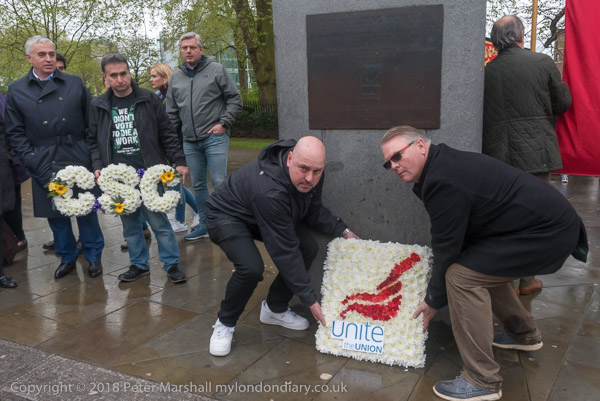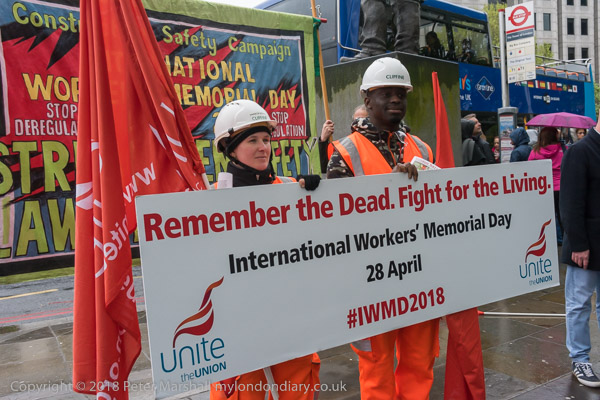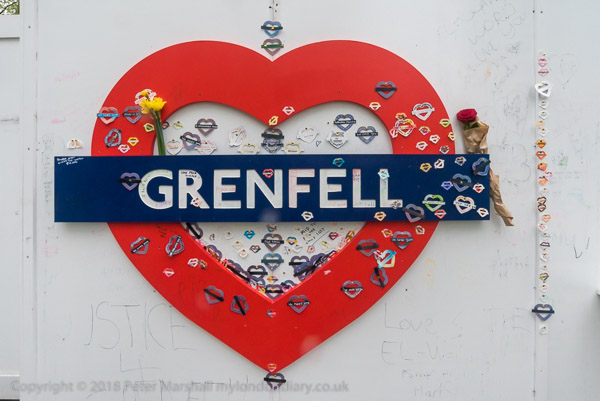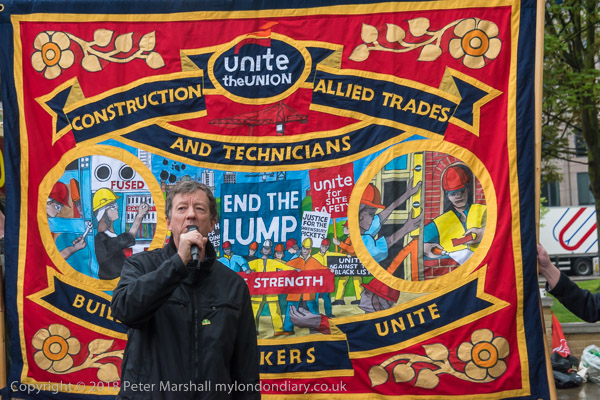I like Fuji cameras and have quite a set of them, along with the lenses, but can’t bring myself to rely on them. With Nikon I seldom get let down; sometimes I may have a problem getting focus (I think my telephoto zoom needs a little attention) but generally they do what I tell them to when I want them to.
The Fuji’s have great image quality – nice lenses and are around half the size and weight. I’d love to use them all the time, but they make me miss too many pictures. With the kind of work I do, every fraction of a second sometimes counts, and they are often just too slow.
I was sitting drinking a coffee with a photographer friend outside a cafe next to a demonstration a couple of months ago, and he asks me whether I thought it would be a good idea for him to get a Fuji XT1 or XT2. I had to say no, and to show him why I picked up the Nikon D810 from the cafe table, brought it to my eye and pressed the shutter. It took a picture immediately.
Do the same with my XT1 and what would happen? Probably nothing, or at least nothing for a second or so, perhaps even longer, by which time the picture might well have disappeared.
I did it for real couple of weeks ago, with my Fuji XE3, in many ways the nicest of the Fuji’s I’ve owned. After which I made this post on a Fuji facebook site:
Fuji Freeze hits again.
I saw what I thought would be a great picture yesterday, moved into position, raised the Fuji X-E3 camera to my eye, framed and pressed the button.
Nothing happened. Nothing at all. Pressed again, ditto. Several times before it eventually realised it was a camera and took a picture. But by then it was too late.The woman had turned away, the inflatable dog she was holding fallen to the ground, the kid who was staring at me had decided his feet were more interesting… No picture.
The ‘Fuji Freeze’ had hit again. I’ve seldom noticed it with the X-E3 before now, though with the XT1 I’d got into the habit of turning the camera off and on again before trying to take a picture if I’d left the camera without using it for more than a few seconds.
With the Nikons I can pick up the camera, press the button and it just works. Why can’t Fuji be like that?
As you might expect, there was a range of responses, some more rational than others. Some people had obviously had similar experiences to me, while others were clearly in denial.
Reading the comments, I thought a little more about the problem went back to the manual, and found there at least a partial explanation. Fuji mirrorless cameras (and this may apply to other marques) do not really have a ‘sleep’ mode. The manual, under ‘Auto Power Off’ states that that the camera turns off automatically after the selected time – unless you choose OFF.
Of course not quite everything is off, as the camera has to check now and then for a shutter press or half-press, so some circuitry is active, just not that connected with taking pictures. I suspect the circuit that keeps going to do this only checks perhaps every second or two. Which would account for the sometimes very annoying wait before the camera starts up – and why it can be noticeably slower than turning the camera off and on again. Coming up from off takes under a second on the XT3.
The manual says if you select ‘OFF’ for this, you have to turn the camera off manually.And it also says ‘shorter times increase battery life’. I find I had ‘1 minute’ selected, which clearly isn’t long enough for the way I want to work.The longest time setting is 5 minutes which might be enough for this not to be a real nuisance. Changing the setting to OFF ought to be better, but I already often get through 3 batteries in a session and the camera back seems to get very hot after a few minutes if you leave it on.
If I’m correct, Fuji could solve the problem by simply decreasing the time interval between the checks for the button press to a small fraction of a second. Only Fuji would know if this is a matter of hardware or firmware in their cameras.
However, the problem that I had was a longer delay than I can reproduce through testing with different settings of ‘Auto Power Off’. So I think it is some intermittent fault – and one that some others also seem to suffer from.
DSLRs generally have a fast enough time from power off to first picture that is too short to notice, and approaches zero if the camera is left turned on. The battery drain on leaving the camera turned on is small.
The Fuji X-E3 does pretty well from power off to first picture, at around 0.7s, apparently significantly better than most mirrorless cameras. But if you want truly instant response every time you need a DSLR.
Leaving a mirrorless camera switched on rapidly depletes the battery, and the best way to work with the X-E3 and other Fuji cameras is to turn them off manually after each series of exposures, and get into the habit of turning the camera on every time you want to take a picture. That way you are less likely to be disappointed.




